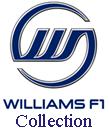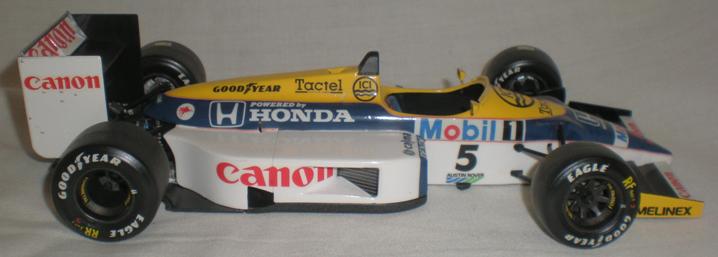
Patrick Head and Frank Dernie were responsible for the designed of the Williams FW11. The FW10 won the last three races of the 1985 season and Williams needed and even more competitive car to contend with the McLaren MP4/2.
The FW11's aerodynamics proved to be better than either the MP4/2 or the Lotus 97T but the really effective part of the package was the Honda RA-166E,1.5Ltr V6 turbo engine, it proved very driveable with minimum turbo lag and computer management to get maximum fuel efficiency. At the time it was the most powerful engine in F1, producing 800 bhp at 12,000rpm and well over 1,000 bhp in qualifying trim.
Piquet took the car to a debut win in Brazil, then Mansell laid down a title challenge with four wins. The famous as “Red 5” car in the hands of Nigel Mansell seemed unbeatable and His cult following doubled almost overnight. Nelson Piquet and Nigel Mansell should have been a force to be reckoned with. But they just couldn’t get on!
1986 was the year Frank Williams had a near fatal road crash and the team crashed too. Shaken and demoralised as a team and with the in-fighting between the two team mates now costing both drivers points, Alain Prost closed in on the pair in the drivers standings.
Patrick Head stepped up as team manager and slowly got control of his drivers and Franks return late in the season, albeit as little more than a spectator, saw the team revived and galvanised.
Going into the final race of the season, in Australia, three drivers were in with a shot at the title. All Mansell had to do was finish third to win the title. Piquet simply had to finish ahead of Mansell, Prost had to pray for them both to have problems, and win himself, to cash in on a second drivers title.
This was to be the year with one of the most dramatic endings ever seen on a race track. Late in the race Mansell had a rear tyre explode and he somehow managed to bring his car safely into an escape road. Piquet then made a precautionary stop to have new tyres put on his car and Alain Prost, the least likely of the trio, went on to win the race and the title.
Williams more than any other team is known to let it’s drivers fight it out for themselves without resulting to team orders. This time it cost them a drivers championship. However the points built up between Piquet and Mansell were enough for Williams to take the constructors' championship, and that’s what mattered to Frank.
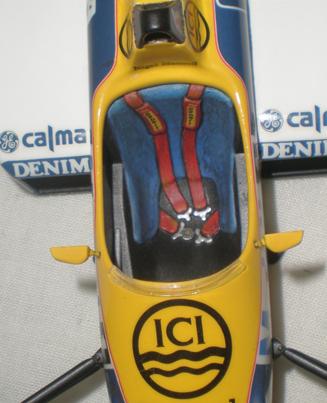
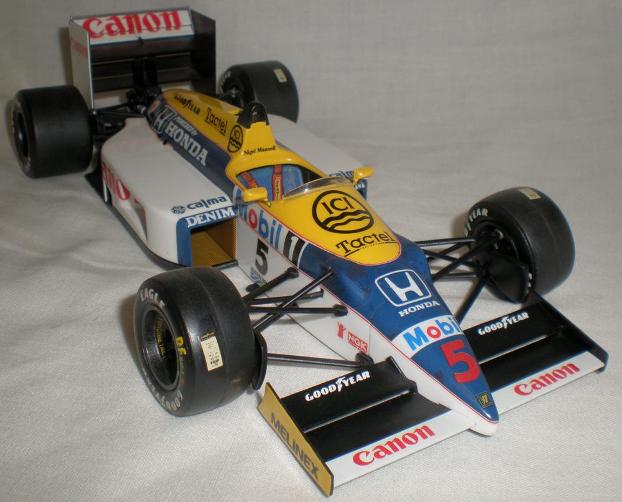
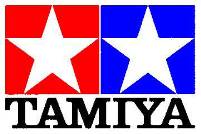
1/20th scale kit.
Built by Ian.
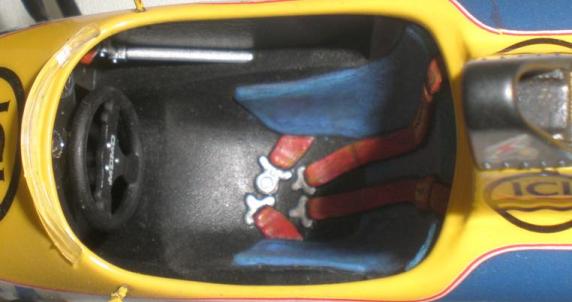
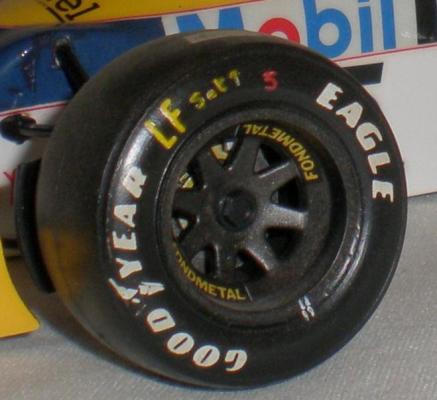
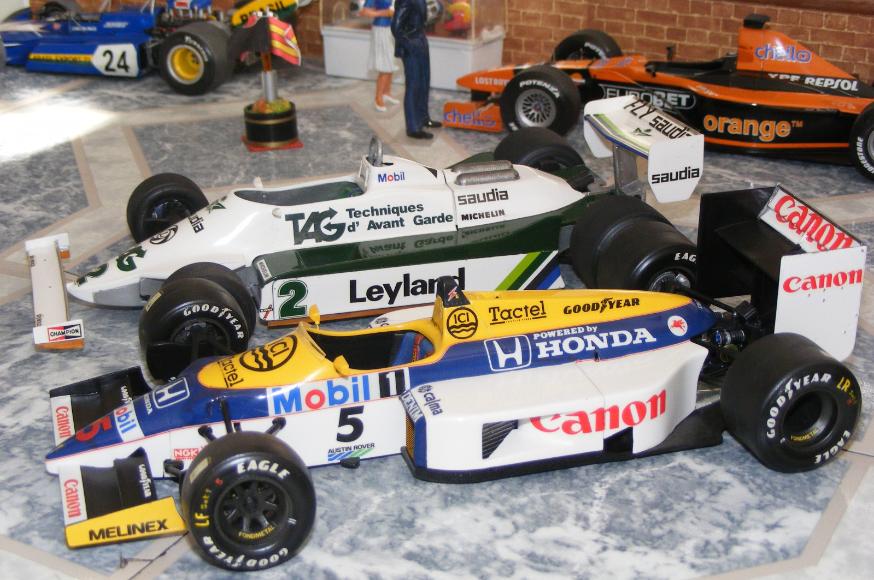
Ian built this model in 2007 straight from the box. The only details added are of the painted nature. Another very straight forward kit to build as most Tamiya kits are, the reverse soaking tyre decals can be a little annoying but with practice and experience one does become comfortable with them. To protect the decals, and add some contrast in the tyres the walls, they are covered with a satin clear varnish. The treads have been left unscuffed and labels put on them. New, unused tyres were commonly referred to as “sticker tyres” in the 1980s and 90s.
The body was sprayed with Halfords car paints and detail painting was with citadel acrylics.
RETURN TO -
